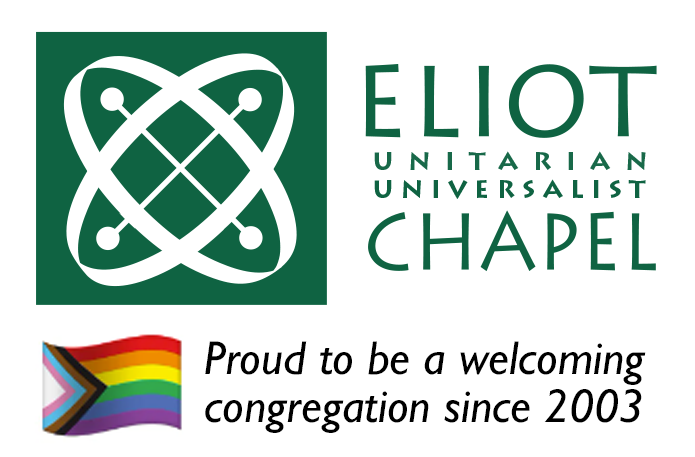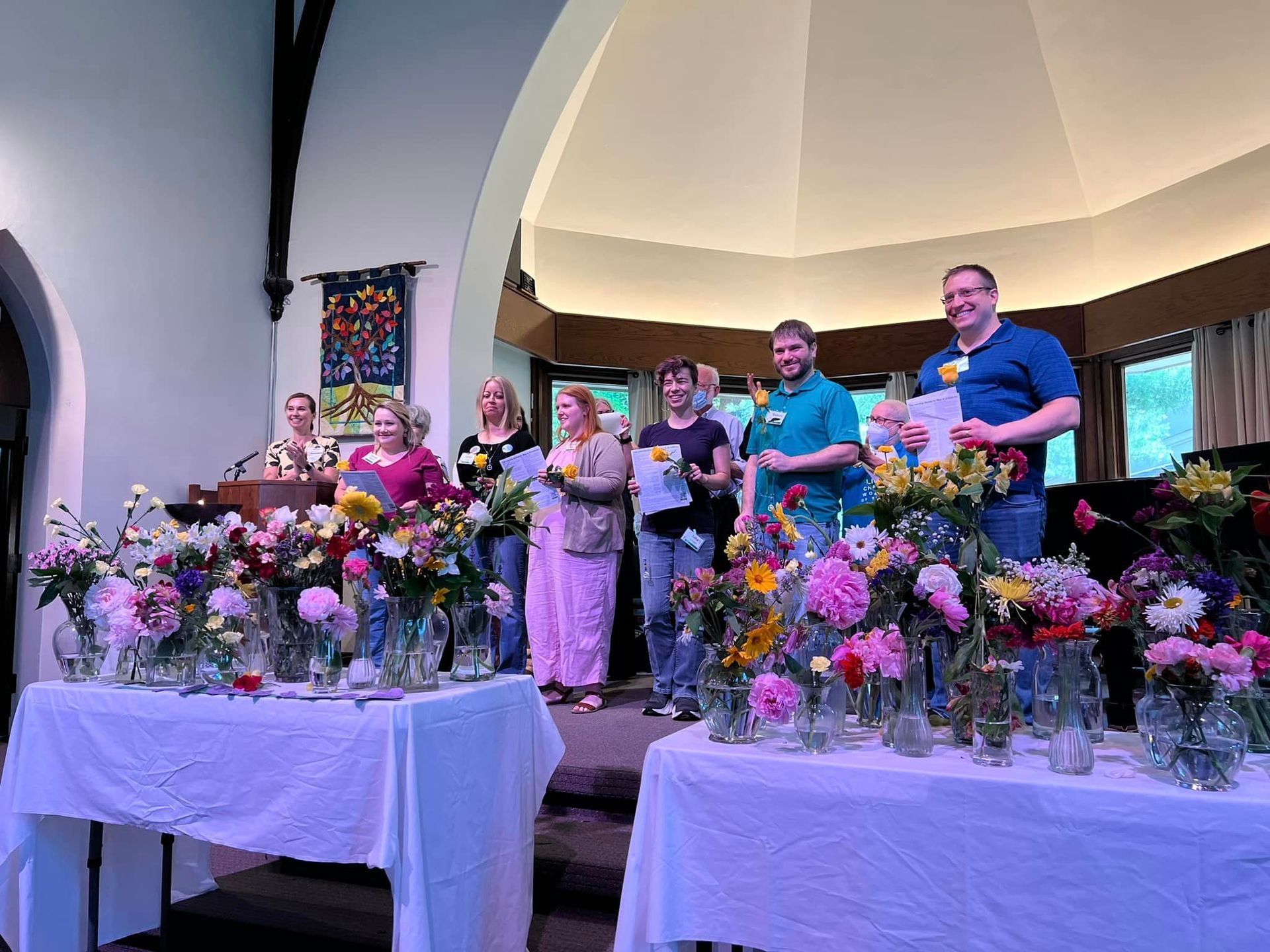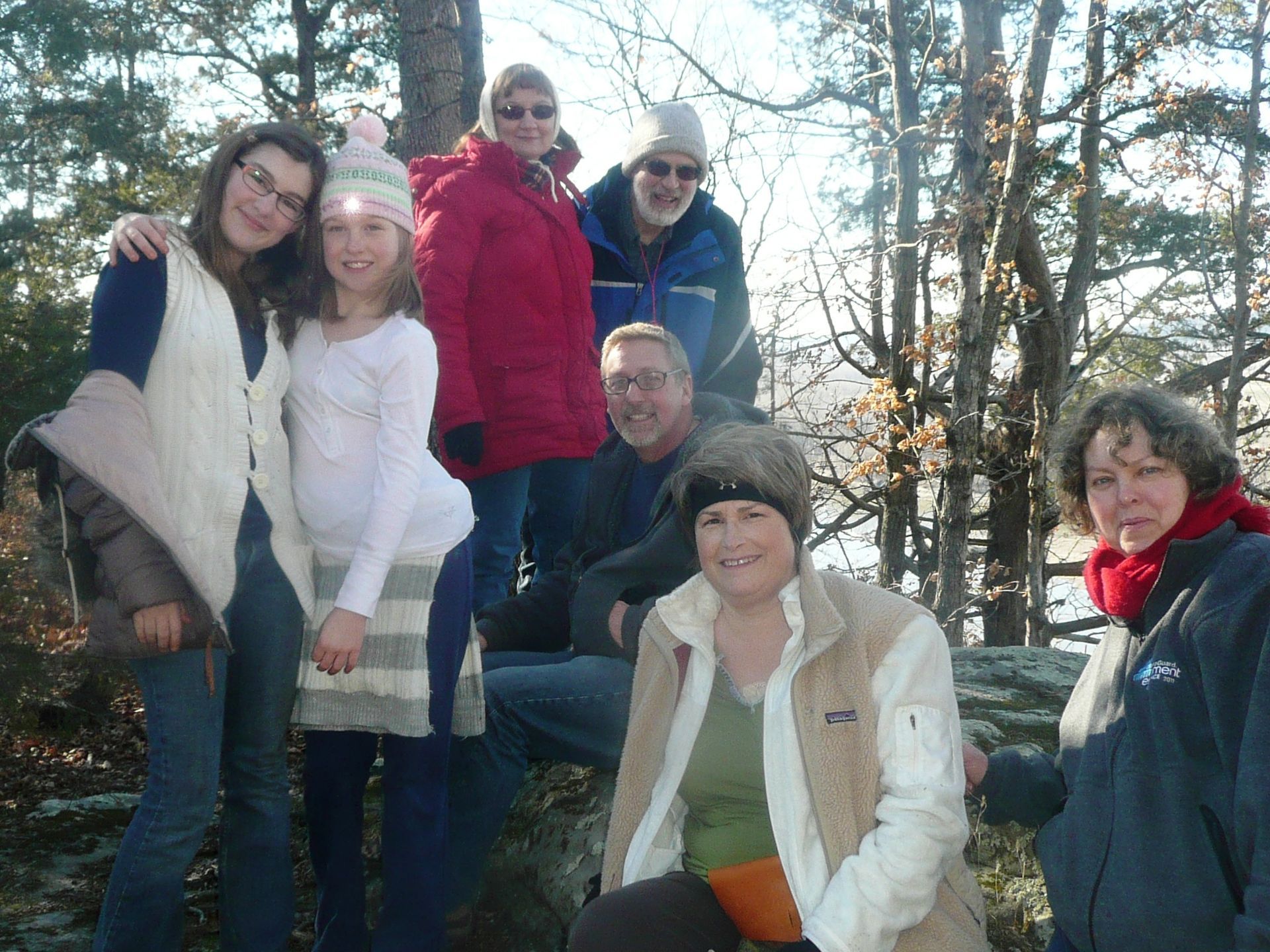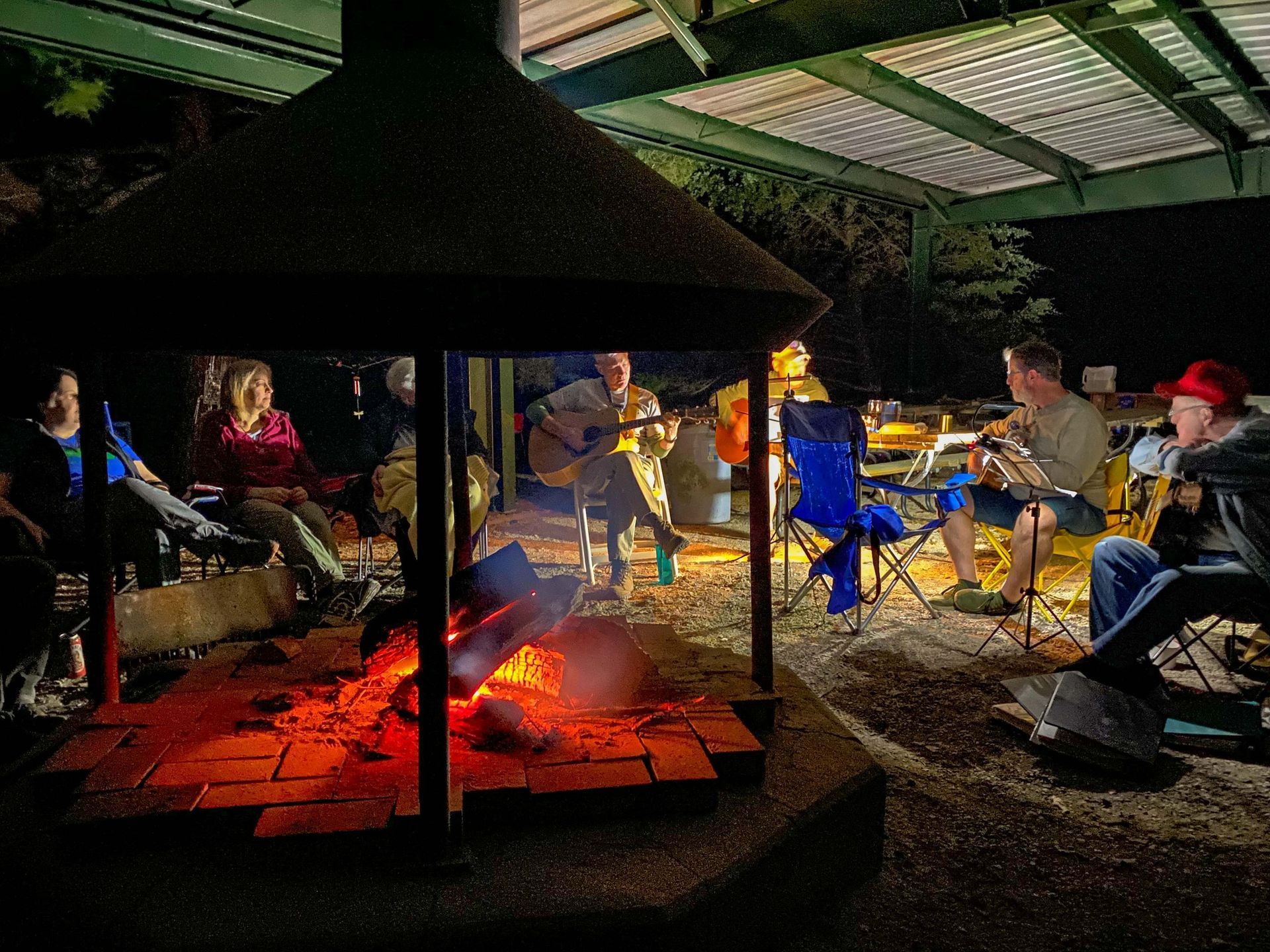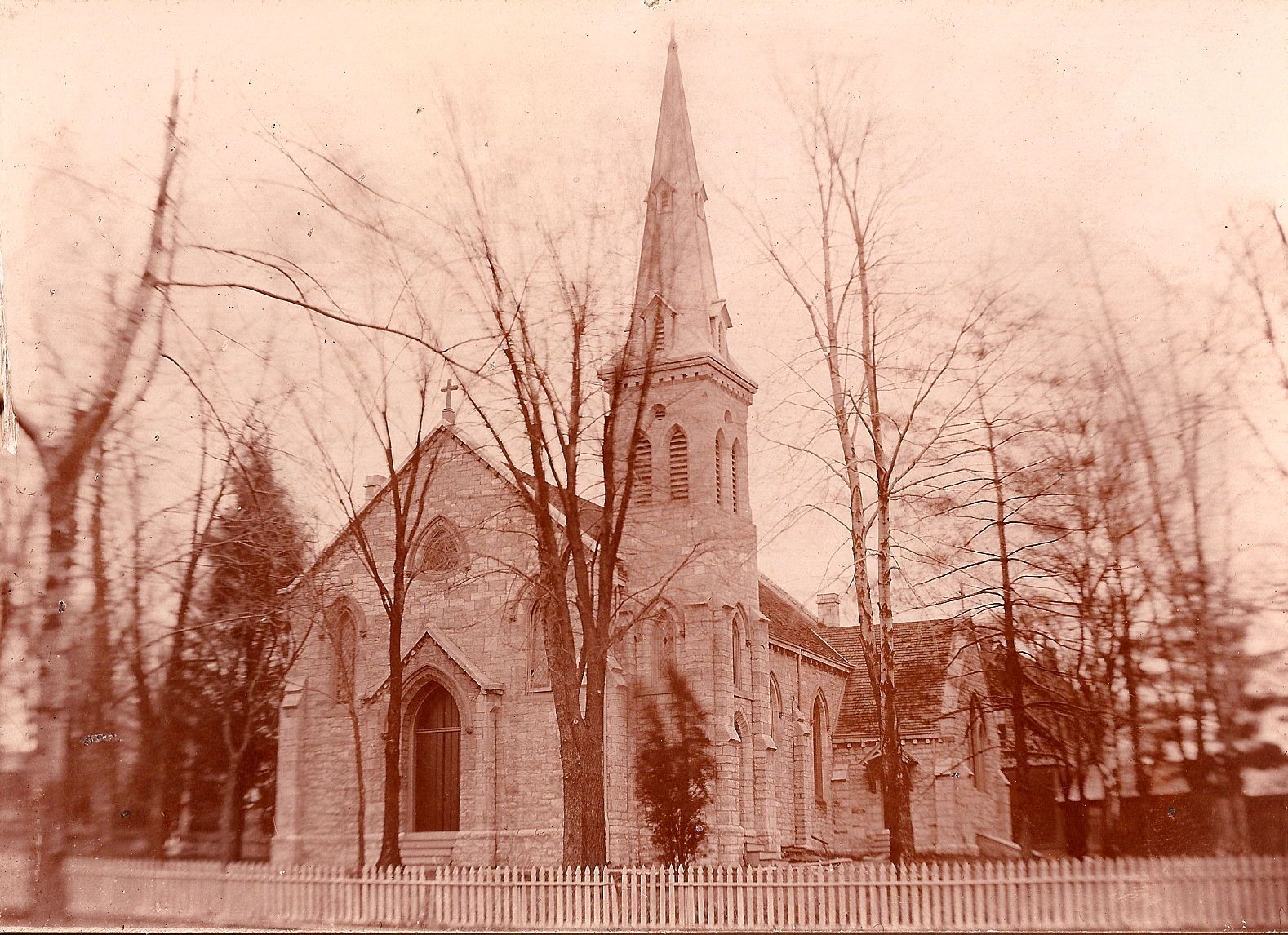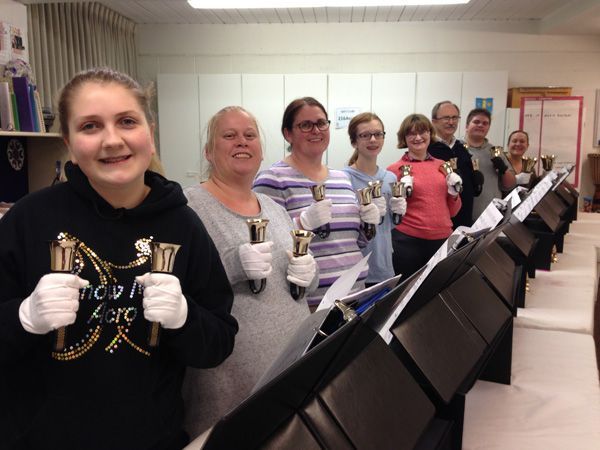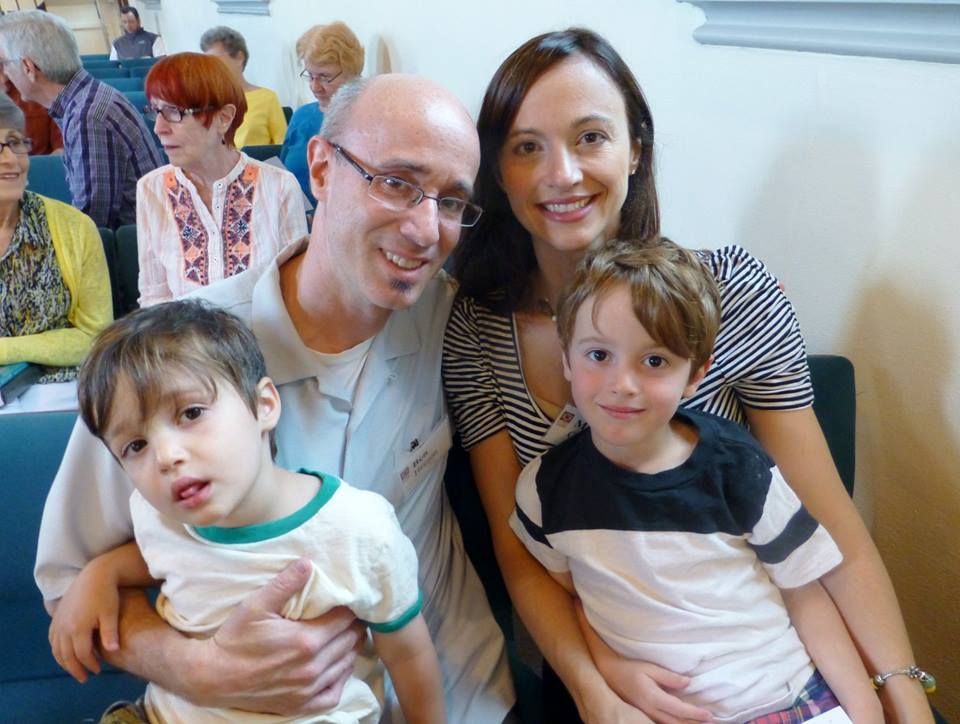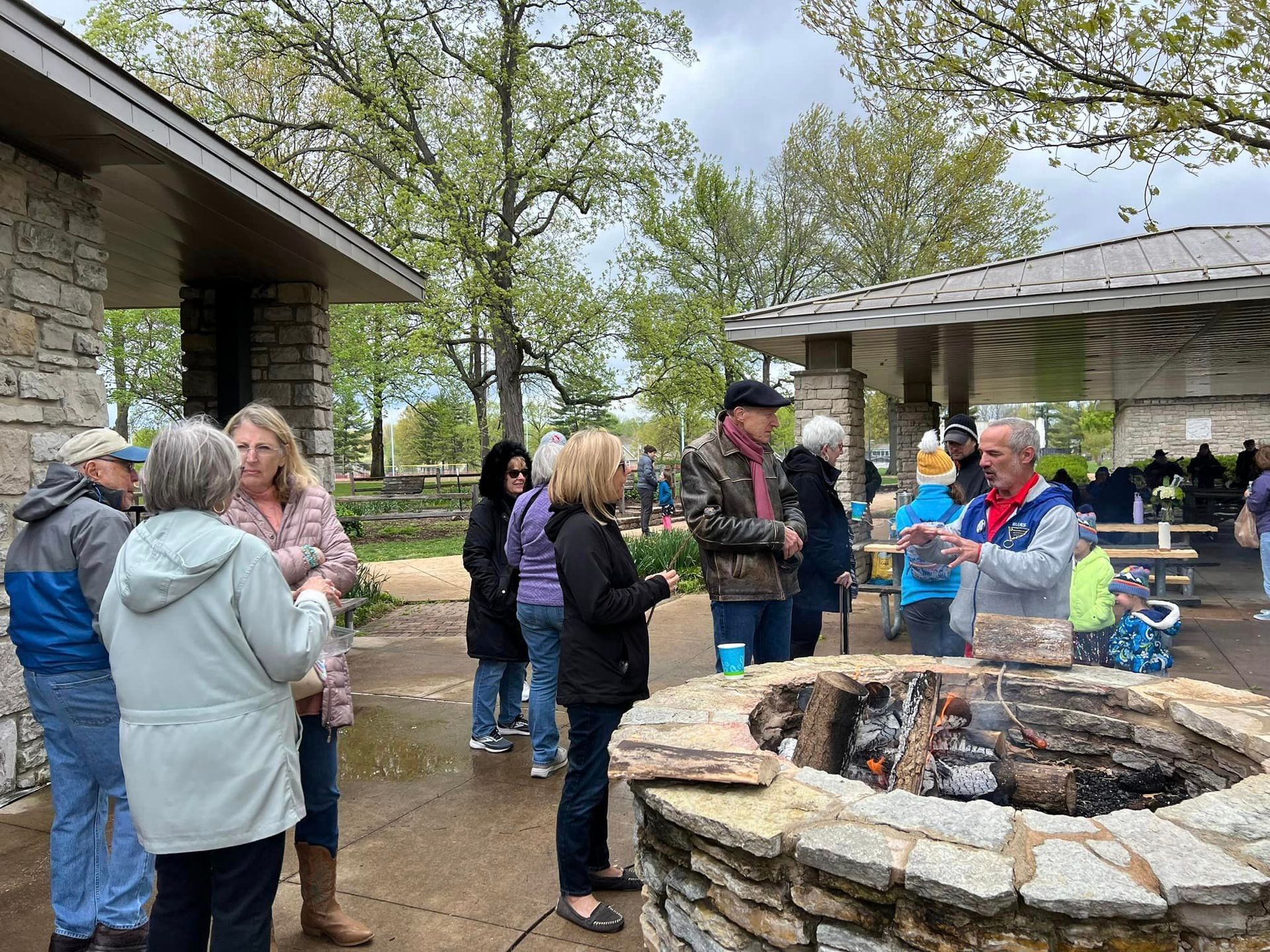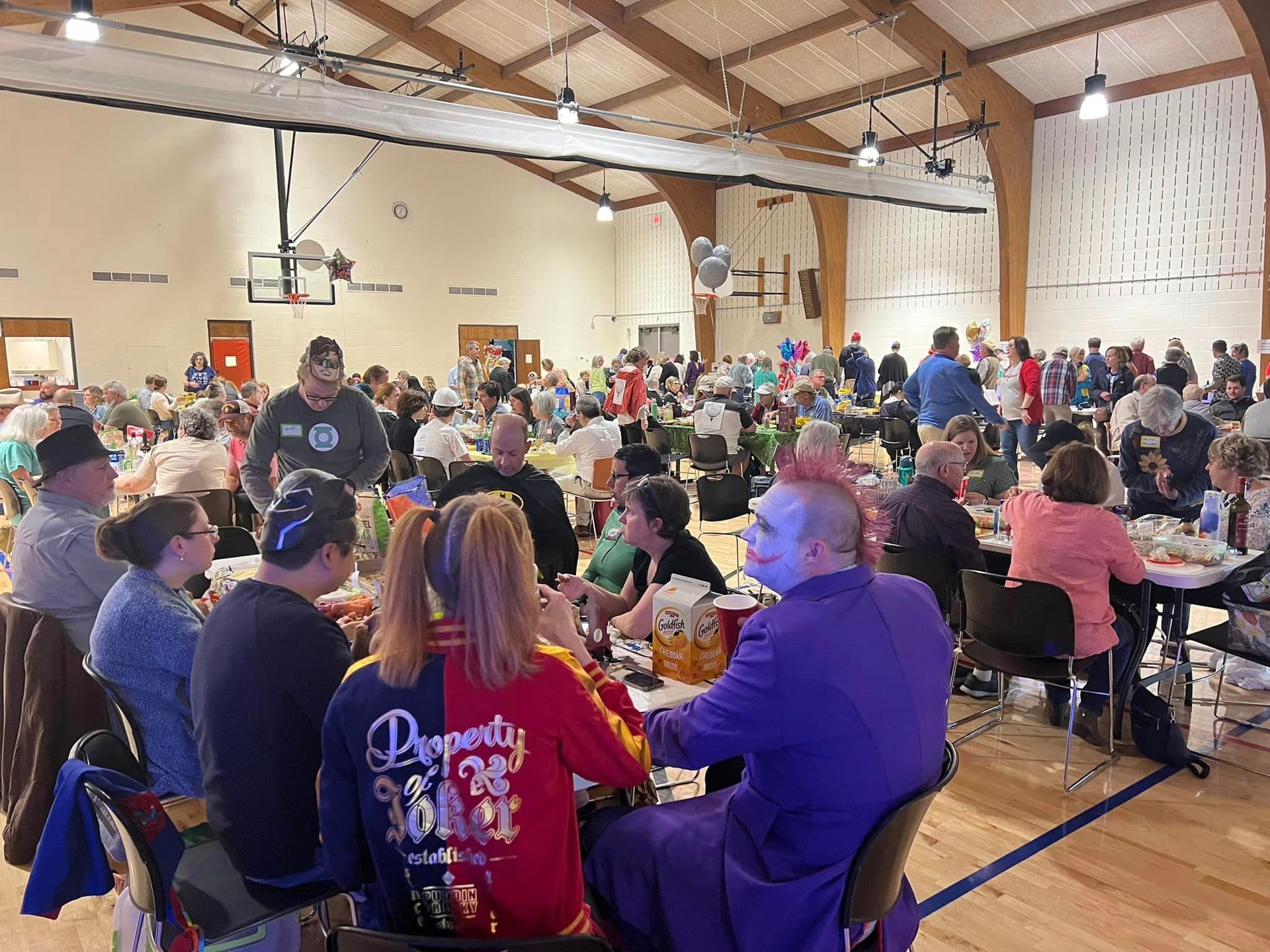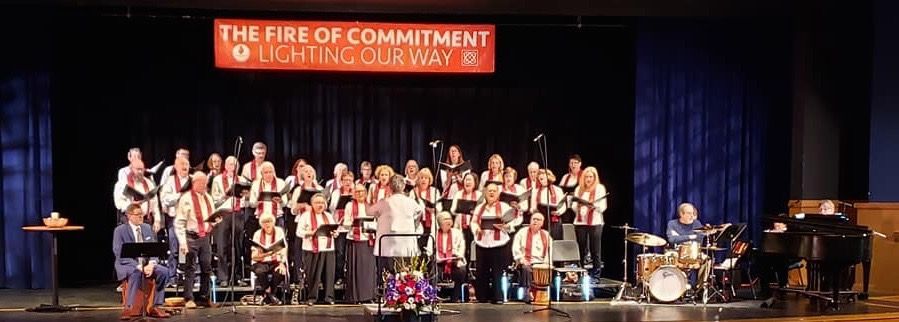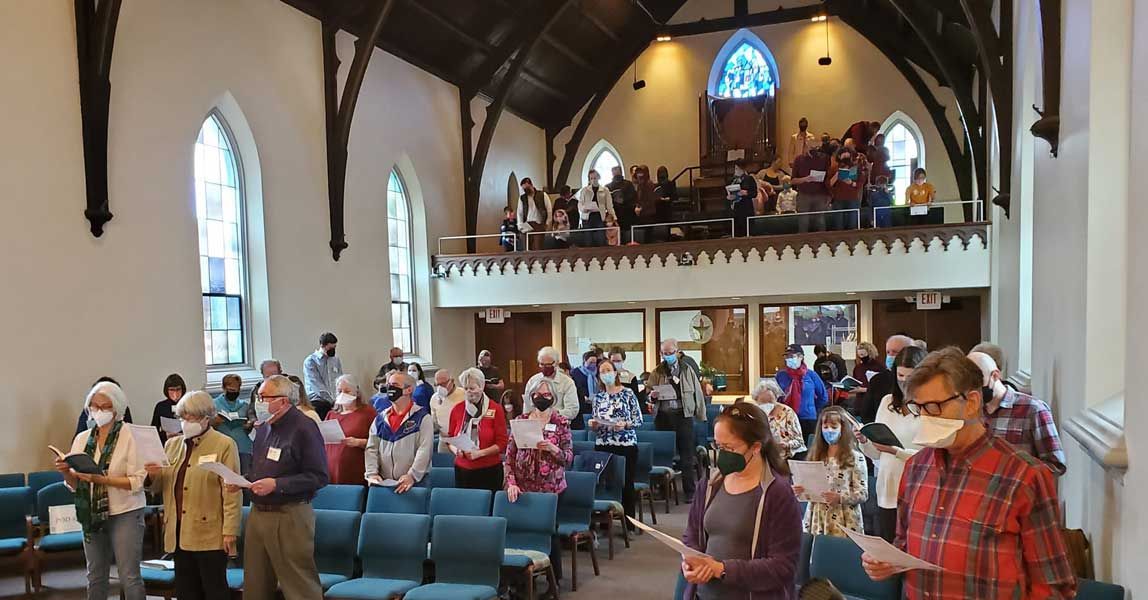Who We Are
We're glad you're here! Founded in 1959, Eliot Unitarian Chapel is a place of worship, friendship, acceptance, social awareness, and community action.
Today, Eliot stands as a pillar in our Kirkwood community, with enthusiastic members and friends who care for each other and the world around us.
- We have regular activities for the congregation as a whole as well as for smaller targeted groups, including volunteer opportunities.
- We have a thriving religious education program for children and youth and adults.
- Our covenant groups build smaller, intimate networks of support and trust within the larger Eliot community.
- Eliot’s diverse music program includes choirs for adults and children and special musical events.
- We have a very active Social Justice team with action teams that target areas of interest, such as racial justice, environmental justice, and more.
Mission
Bound by courageous love,
growing in spirit, and inspiring compassionate action.
Vision
Creating a just world through vibrant, beloved community
Values
Love is the enduring force that holds us together. As Unitarian Universalists, love inspires and powers the passion with which we embody our values. Inseparable from one another, these shared values are:
- Justice
- Generosity
- Evolution
- Pluralism
- Equity
- Interdependence
Eliot Unitarian Chapel Congregational Covenant
As a free congregation, we promise to one another our mutual trust and support. To create Beloved Community, we promise to be kinder to each other than we have to be. To listen fully to each other with an open mind and heart. To speak responsibly and respectfully. To find ways to improve our church for all members and friends.
Eliot Unitarian Chapel Ends
We the people of Eliot Unitarian Chapel:
- Explore our Unitarian Universalist faith with each other and our children.
- Ground ourselves in individual and communal practice to deepen our spiritual lives.
- Engage social justice work as a spiritual practice.
- Grow a community of joyous and radical belonging, engaged in courageous dialogue.
- Generously give and receive care in times of joy, transition, and sorrow.
- Sustain and steward our church financially and spiritually toward a joyous and dynamic future.
What is UU?
Unitarian Universalism is a caring, open-minded religion that encourages you to seek your own spiritual path. Our faith draws on many religious sources, welcoming people with different beliefs. We are united by shared values, not by creed or dogma. Our congregations are places where people gather to nurture their spirits and put their faith into action by helping to make our communities—and the world—a better place.
Beliefs and Values
Unitarian Universalism is a theologically diverse religion, in which members support one another in the search for truth and meaning. As members of a non-creedal religious tradition, Unitarian Universalists are free to discern their beliefs about theological and ethical issues. Individual Unitarian Universalists may also identify as Atheist, Agnostic, Buddhist, Christian, Hindu, Humanist, Jewish, Muslim, Pagan, or with other philosophical or religious traditions.
The Unitarian Universalist Association's (UUA's) seven principles express the shared values that UUA congregations affirm and promote.
Social Justice Commitments
Unitarian Universalists (UUs) are committed not only to spiritual growth and transformation but also to involvement in the world.
For more information about Unitarian-Universalism, please visit the UUA's website at uua.org.
